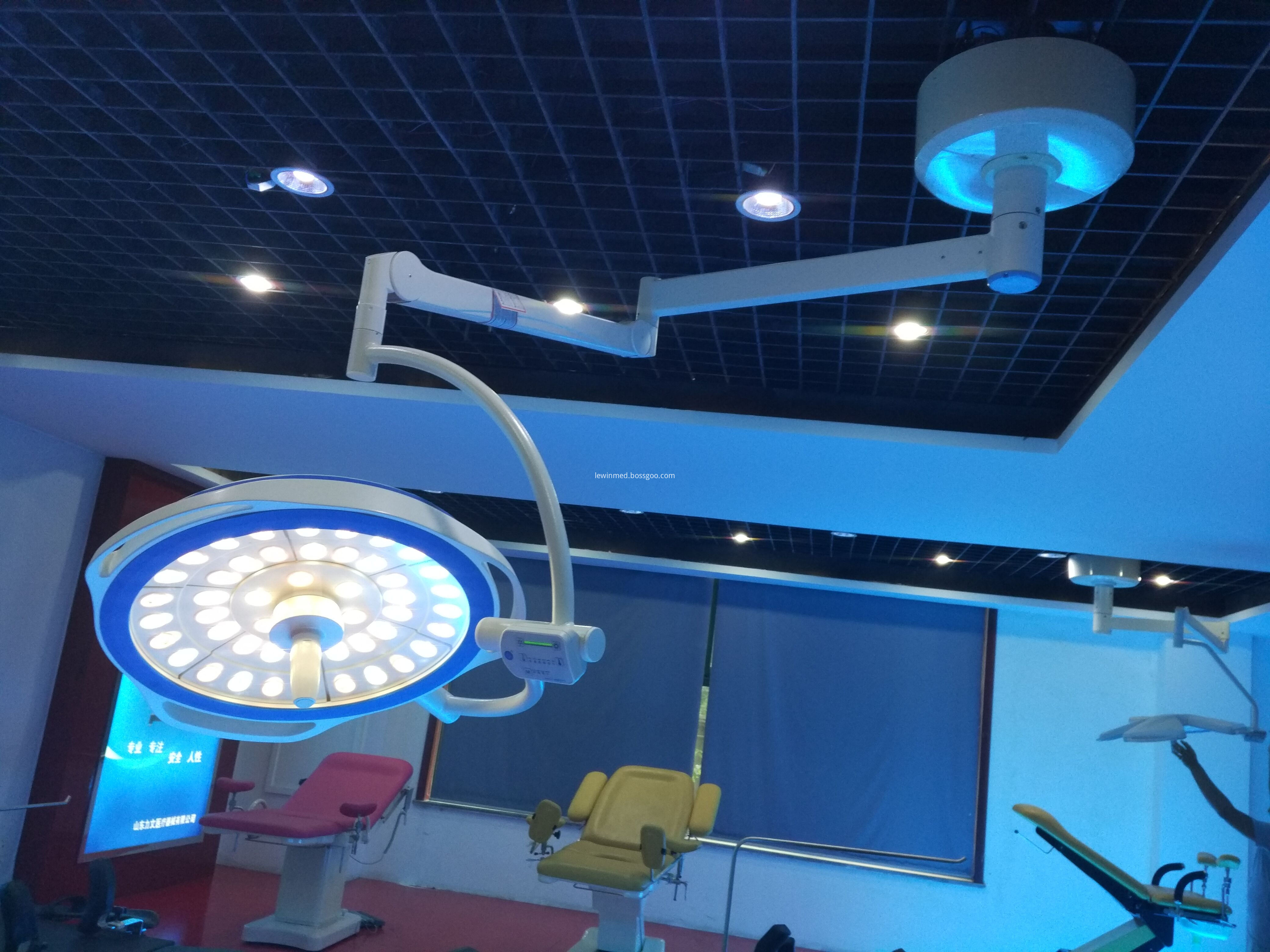Rose black spot is a worldwide disease with a wide distribution, and it occurs in all regions where the cultivation season is. In recent years, many provinces and cities in China have experienced serious disease. The occurrence of melasma may cause early leaf fall of the rose, affect the growth of the rose and the survival rate of cuttings, reduce the ornamental and economic value. Black spot disease can also harm roses, roses, and other rose species.
Symptoms: Black spot mainly damages the leaves of the rose, but also can damage the petiole and shoots. The lesions on the leaves were round or nearly round, dark brown, with radial edges; lesions on the petioles and shoots were elongated, with no obvious radial edges.
Characteristics of the disease: Beijing begins to develop in mid-May each year, and the onset is severe in the rainy season in July-August. In October, the disease tends to ease, and development ceases in early November. The incidence in the south of China is mostly in April, and it is serious in the rainy season from June to July. It gradually eased in August and developed from September to October. The disease stopped developing in November. The wet and rainy environment is conducive to the occurrence and prevalence of diseases. Generally early in the rainy season, with large rainfall and frequent rainfall, the onset period will be earlier, spreading rapidly and causing serious damage. Poor ventilation in the greenhouse, high humidity, and high density of cuttings, resulting in poorly ventilated high-humidity conditions.
Control methods
1, reduce the source of infection. The litter was completely removed in autumn, and the diseased shoots were cut in conjunction with the winter pruning; the 1% copper sulfate solution was sprayed during the dormant period to kill the overwintering bacteria source on the sick body.
2, improve the cultivation and management measures. The susceptible varieties are best planted with disease-resistant varieties at intervals, and play a role in isolation to reduce the spread and spread of diseases. When planting, pay attention to the spacing between plants, not too dense, watering time should not be too late every day, should not be watered from above, should take root watering, so as to avoid splashing spores to spread the spores to the adjacent leaves. The greenhouse should pay attention to ventilation, control humidity and reduce the incidence of conditions. Reasonable conservation management helps to enhance plant disease resistance.
3. Spray 80% dexamethasone wettable powder 500 times, or 70% thiophanate-methyl wettable powder 1000 times, or 50% carbendazim wettable powder 500-1000 times, or 75% Bacterial liquid wettable powder 1000 times, or a small amount of Bordeaux lime solution (because the rose is sensitive to lime), the control effect is better. Can also use benzene to special, captan, mancozeb zinc and other fungicides, spray 7-10 days. In order to prevent the emergence of pathogenic bacteria, the agents should be used interchangeably.
4. Disease-resistant varieties and disease-resistant rootstocks should be selected in production to eliminate susceptible varieties.
The single dome LED series cold-light shadowless surgical lights of our factory, which are adopted LED bulbs as the light source, the OT lamp has owned the authentic cold illiminant effect, improved the characteristics of high color rendering, high gemcore, low vertifo, high equitability, low electromagnetic interference, long life span, LED bulb can be more than 50,000 hours, low power consumption etc, it is the new advanced products to instead of traditional shadowless operation lamps;

Single Dome Round Ot Lamp,Single Dome Operation Light,Single Dome Surgery Lamp,Single Dome Operating Lamp
Shandong Lewin Medical Equipment Co., Ltd. , https://www.lewinmed.com